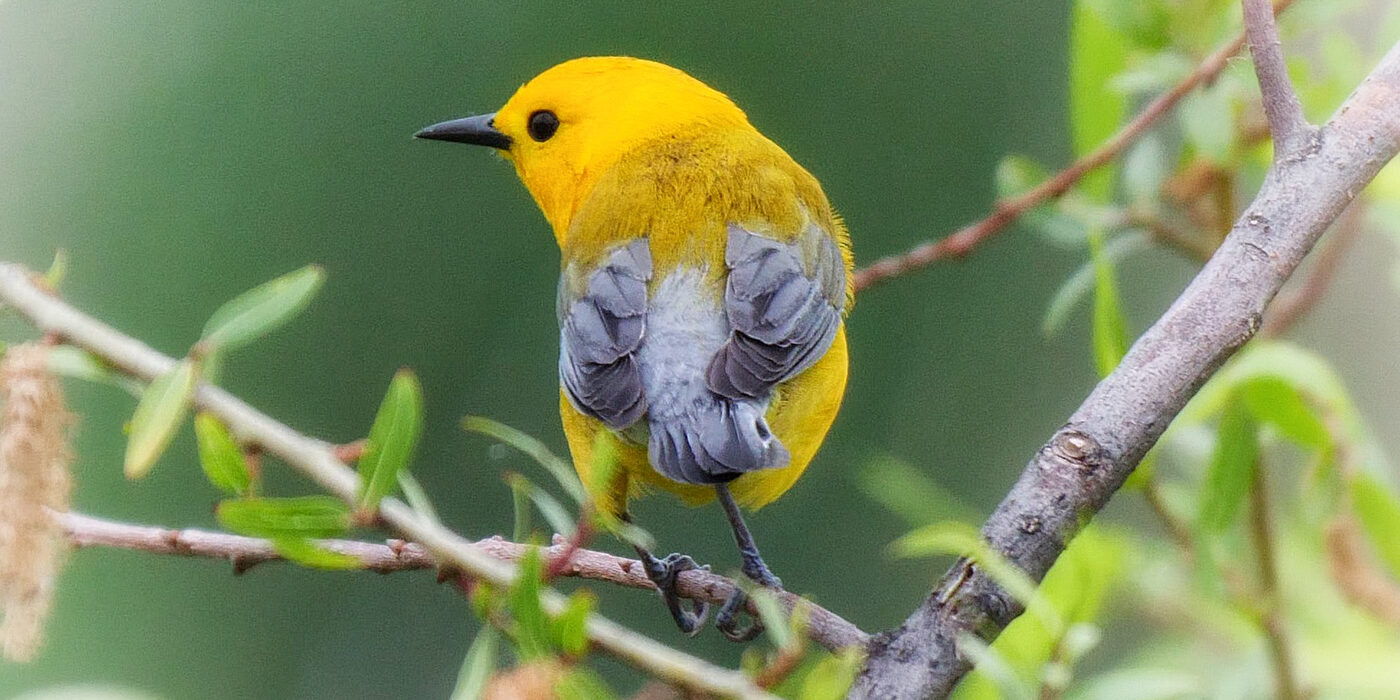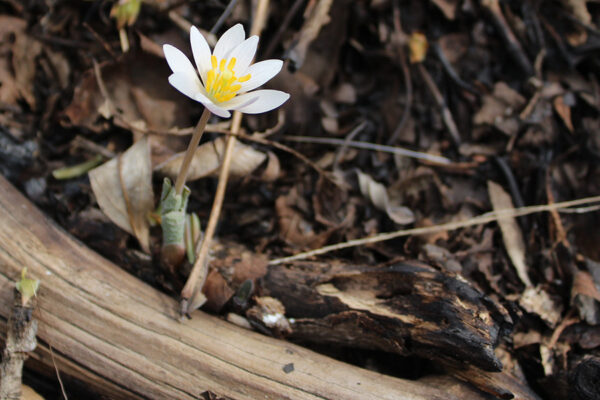The Living Earth Collaborative at Washington University in St. Louis announced the recipients of its fourth round of seed grant funding.
“This is a great set of projects,” said Jonathan Losos, the William H. Danforth Distinguished Professor of biology in Arts & Sciences and director of the Living Earth Collaborative. “We’re particularly thrilled at the institutional diversity of the recipients, spanning the breadth of Washington University and many local institutions beyond the Living Earth Collaborative’s three partner institutions.”
The 2021 seed grant investigators come from eight St. Louis area institutions, including researchers from six different departments or programs in five schools at Washington University. The projects and local recipients are:
- Biodiversity of freshwater mussels of the Upper Sangamon River (Illinois): Community science in action. Danelle Haake (National Great Rivers Research and Education Center); Sarah Douglass (Illinois Natural History Survey); Christy Edwards and Bob Coulter (Missouri Botanical Garden); Edward Spevak (Saint Louis Zoo); and Bruce Colravy (Upper Sangamon River Conservancy)
- Expanding the toolset for chelonian conservation: Understanding the diversity, distribution and dynamics of Terrapene microbiomes. Fangqiong Ling (Washington University, McKelvey School of Engineering); and Maris Brenn-White, Kathleen Apakupakul and Sharon L. Deem (Saint Louis Zoo)
- Forest Park Living Lab: Exploring the biodiversity and natural history of one of the world’s great parks. Joseph Steensma (Washington University, Brown School); David Webb and Carolyn Cosgrove Payne (Washington University, Environmental Studies program in Arts & Sciences); Anthony Dell (National Great Rivers Research and Education Center); and Amy Witt (Forest Park Forever)
- Origin and diversification of the flowering plants of the Gulf of Guinea archipelago. Patricia Barberá and Tariq Stévart (Missouri Botanical Garden); Joan Garcia-Porta and Michael Landis (Washington University, Department of Biology in Arts & Sciences); and Nathan Muchhala (University of Missouri-St. Louis)
- Páramo biodiversity farms: A collaborative conservation project (Colombia). Iván Jiménez (Missouri Botanical Garden) and Derek Hoeferlin (Washington University, Sam Fox School of Design & Visual Arts)
- Socio-economic and cultural adaptation to biodiversity loss and climate change: Analysis and intervention efficacy study in three Madagascar subsistence communities. Armand Randrianasolo, Nivo H. Rakotoarivelo and Fortunat Rakotoarivony (Missouri Botanical Garden) and Judi McLean Park (Washington University, Olin Business School)

Learn more about the seed grant projects here.
The Living Earth Collaborative is a center for biodiversity built from a partnership among three leading institutions in the study of plant and animal science — Washington University, the Missouri Botanical Garden and the Saint Louis Zoo.
Its mission is to celebrate the diversity of living organisms and promote further understanding of the ways humans can help preserve the varied natural environments that allow plants, animals and microbes to survive and thrive. The center exists as a hub that facilitates interdisciplinary research among scholars across a wide range of fields.
In four years, the Living Earth Collaborative has funded 29 projects involving collaborators from 11 local institutions. Within Washington University, investigators hail from six schools: Arts & Sciences, the Brown School, the McKelvey School of Engineering, Olin Business School, the Sam Fox School of Design & Visual Arts and the School of Medicine.


